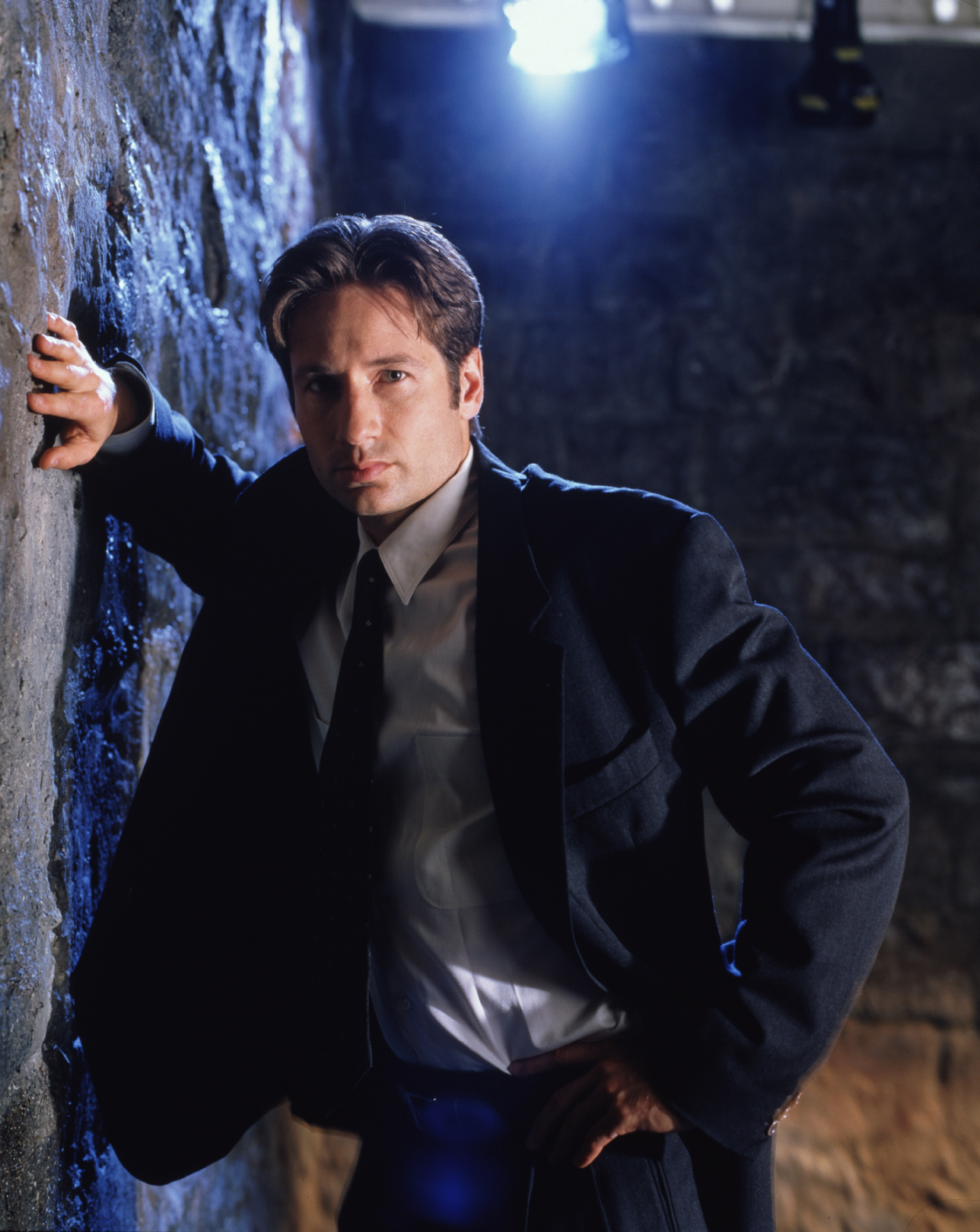Background: I’ve been writing a new media server like Jellyfin or Plex, and I’m thinking about releasing it as an OSS project. It’s working really well for me already, so I’ve started polishing up the install process, writing getting started docs, stuff like that.
I’m interested in how other folks have set up their media libraries. Especially the technical details around how files are encoded and organized.
My media library currently has about 1,100 movies and just shy of 200 TV shows. I’ve encoded everything as high quality AV1 video with Opus audio, in a WebM container. Subtitles and chapters are in a separate WebVTT file alongside the video. The whole thing is currently about 9TB. With few exceptions, I sourced everything directly from Blu-ray or DVD using MakeMKV. It’s organized pretty close to how Jellyfin wants it.
What about you?


My Jellyfin library:
1,152 - Movies
552 - Shows
37, 062 - Episodes
491 - Albums
6,558 - Songs
362 - Music Videos
14 - Concert Films
Files are a mix of 1080p and 4K. 264 and 265. Standard and REMUX.
Total space used is currently 149.90TiB
Kinda unrelated to OOP, but out of curiosity, what does your storage setup look like? Do you keep stuff reasonably backed up with that much data?
Ah yes. My storage system is 2 x Supermicro CSE-846 cases. Only one has a CPU and motherboard, the other is acting as a plain Jane JBOD.
Hard drives I have 21 x 8TB 7200RPM mix of Seagate and Western Digital and 4 x 16TB 7200RPM from Seagate. I use mergerfs and snapraid. Mergerfs presents all the 21 8TB drives as one mount point. Snapraid uses the 4 16TB drives to provide 4 parity drives. Note that snapraid is not live and the parity is only updated after running a “snapraid sync” which I run nightly.
I only backup my songs and music videos. The rest is easy to get again. I have a script that generates a list of every single file I have each night. So if the day comes it wouldn’t take too long to get back to where I was. The other reason I use mergerfs is if 1 drive dies, I only lose the files on that one drive and not the entire array. The truely important stuff such as tax documents, mortgage details, family pictures, will & estate documents are stored on a 2 x 8TB RAID1 and all backed up nice a safe using Proxmox PBS. The PBS datastore is synced to 2 remote locations as well as to external drives that I keep offline and rotate.
Nice write-up. I thought I had a large library (24TB) and my off site backup is starting to get full. I backup everything though but I have long debated on if there’s a point of keeping movies and TV since they’ll likely always be available. Anyway, I never thought of generating a list of files and eliminating the stuff that’s not particularly important. Good idea.
Thanks for the detailed write up!
Ahh, I like how you split Concert Films and Music Videos. I’ve been pigeon-holing my Short Films, Mini-Series, and TV Movies into just the two categories: Shows and Movies. Makes way more sense having separate categories.
About the same here, minus the music videos (only a few dozen there for the kids), plus a fitness library, so I’d say it evens out to roughly equal.
Mostly HEVC but I still have some h.264 floating around that I have no interest in reencoding.
No AV1 at all until I get a new Intel GPU or newer Intel CPU to handle transcoding it nicely.
There’s some relatively inexpensive NVIDIA cards now with AV1 hardware encoding. I’m on my third round of re-encoding my whole library (HEVC, then VP9, now AV1). For 1080p NTSC, I get about 13x speeds on NVENC AV1, whereas with VP9 I was CPU-bound at around 4x. Definitely worth the upgrade, in case you’re on the fence.
You do realize that you lose quality with wach encode, right?
It’s not AS bad when bitrates are high, but it’s still there.
True.
When I migrated off of Jellyfin, I re-encoded everything up to that point directly from the Blu-ray rips wherever possible. Because I’d already started culling those for space, I did end up just doing another pass on the first round of encoding for a portion of the library. There’s some noticable degradation on those, and I’ll want to re-rip those at some point.
Fortunately, I’ve got my process pretty dialed in for ripping and I actually enjoy it, so if I ever have a quality issue, it’s not a huge ordeal to re-rip and encode.
So what card are you using?
I went with a GeForce RTX 4060. Cost was about $300.
Cool, thanks!
Yeah I just dont have a need with no devices to handle it natively, while the rest of my library can be. Building a new htpc media player for the living room next, new server after that.
New because I’m using a lenovo tiny as the server, which means either I build a new box completely, or I find the right used workststion tiny/mini/micro that can handle av1. Complete build will do a lot more (well, the t/m/m does too, but not to the extent my big box builds are set up for).